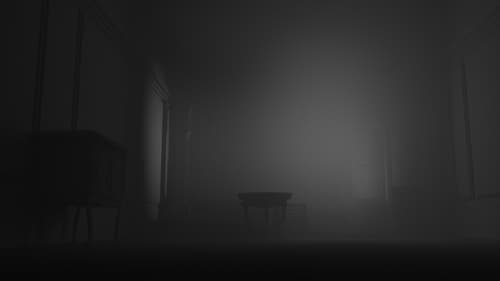
Music
A space occupies it, awaiting to be unlocked by a freeing action or notion. What lies ahead is its determination.
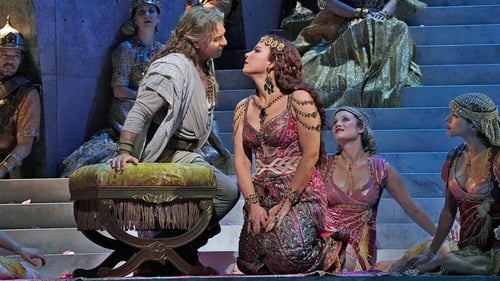
Original Music Composer
A towering biblical epic, Saint-Saëns’s operatic take on the story of Samson and Delilah has many of the hallmarks of grand opera—show-stopping vocal displays, thrilling choruses, and an engrossing plot set against a sweeping, pseudo-historical backdrop. It’s fitting, then, that Samson et Dalila has been chosen to celebrate the opening of the Met’s season four times in the company’s history, including when Darko Tresnjak’s bold new production premiered on the first night of the 2018–19 season. A few weeks later, the opera was shown as part of the Met’s series of live cinema transmissions, featuring an exceptional cast. Tenor Roberto Alagna was the heroic Samson, who ultimately falls victim to the seductive power of Dalila—the captivating mezzo-soprano Elīna Garanča. Bass-baritone Laurent Naouri sang the sinister High Priest of Dagon, with conductor Sir Mark Elder on the podium.

Music
The Yellow Lounge is nowhere more true to its reputation of bringing classical music to unusual spaces than here in the stunning setting inside MORI Building Digital Art Museum in Tokyo. Pianist Alice Sara Ott as well as cellist Mischa Maisky perform repertoire from Debussy, Satie, Saint-Saëns and Massenet.

Music

Original Music Composer
Lightning streaks through the skies as Dalila declares her love to Samson in one of the finest arias of romantic opera. “My heart awakens to your voice like a flower to the kiss of dawn.” An enchanting yet treacherous beauty… When the thunder at last rumbles, Dalila betrays Samson and offers him up to his enemies: “Come up, for this time he has shown me all his heart”, she whispers to them in the night (The Old Testament, Book of Judges). Based on a violent and erotic biblical story, Saint-Saëns’s opera – composed in 1877, much to Liszt’s insistence – would not be performed at the Palais Garnier until fifteen years later. This first Parisian performance in 1892 included the hitherto unperformed “Dance Of The Priestesses”. Nevertheless, it became one of the most performed French operas in the world, together with Faust and Carmen. Conducted by Philippe Jordan, this new production brings back a repertoire masterpiece that has not been performed at the Paris Opera for twenty-five years.
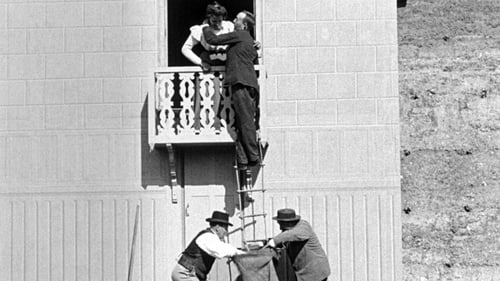
Music
A collection of restored prints from the Lumière Brothers.

Original Music Composer
The opera is based on the Biblical tale of Samson and Delilah found in Chapter 16 of the Book of Judges in the Old Testament. It is the only opera by Saint-Saëns that is regularly performed. The second act love scene in Delilah's tent is one of the set pieces that define French opera. Two of Delilah's arias are particularly well known: "Printemps qui commence" and "Mon cœur s'ouvre à ta voix", the latter of which is one of the most popular recital pieces in the mezzo-soprano/contralto repertoire. Staged by greek director Yannis Kokkos and conducted by Valery Gergiev on May 25th, 2016 at the Mariinsky Theatre.
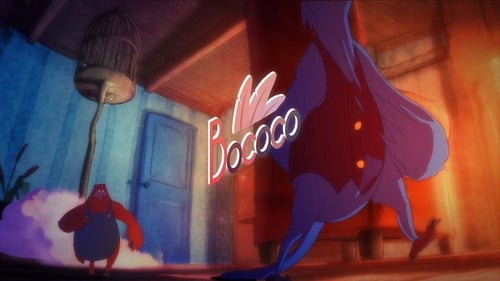
Music
Two parrots (an idiot and a clever ) are confronted with the death of their mistress on the one hand, and on the other with the fire of their apartment...

Music
Ballet en deux actes et treize tableaux du chorég. This is a live recording of a performance at Paris Garnier in 2007. Petit's earlier production for the Ballet de Marseille used more realistic stage sets, but the current Paris version has minimal stage sets. Also, the costumes were redesigned. Roland Petit created a ballet based on "In Search of Lost Time" for the Ballet de Marseille in the 1970s. Petit's intention was not to make a faithful adaptation of the novel, but to capture its flavour and convey, through a number of selected scenes, the narrator's incessant fluctuations between happiness and torment. The highlights are the series of poetical pas de deux.

Original Music Composer
A truly remarkable New Year’s Eve in St Petersburg’s fabled Mariinsky Theatre, with Valery Gergiev and the Mariinsky (ex-Kirov) Ballet. It was at the Mariinsky Theatre in St Petersburg that the ballet The Sleeping Beauty premiered in 1890, with a score by Tchaikovsky and choreography by Marius Petipa. This New Year’s Eve programme revolves around Act III, in which Princess Aurora is brought out of her long sleep by the prince of her dreams and marries him. In addition, prima ballerina Uliana Lopatkina dances Camille Saint-Saëns’ famous Dying Swan, first performed by Anna Pavlova. In conclusion the soloists of the Mariinsky Theatre’s Young Singers’ Academy perform the finale of Rossini’s Journey to Rheims in a joyous celebration of the coming of the New Year.

Original Music Composer
Carnival of the Animals
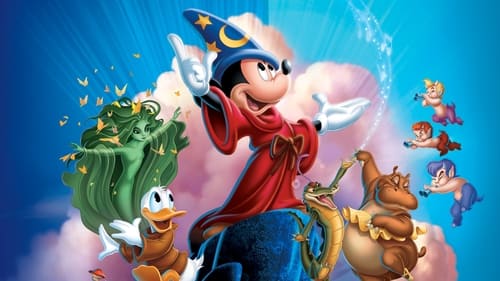
Music
Blending lively music and brilliant animation, this sequel to the original 'Fantasia' restores 'The Sorcerer's Apprentice' and adds seven new shorts.

Music
Animation with colored salt by Aleksandra Korejwo. Music by composer Camille Saint-Saëns performed by the Polish Radio Orchestra.

Music
A beautifully fluid sand animation inspired by Camille Saint-Saëns' piece, 'Danse Macabre.'

Self (archive footage)
Nicole Védrèss' chronicle of Paris from 1900 to 1914 is brought to life through the use of original material, all authentic, secured from more then 700 films belonging to public and private collections. A few of the celebrities of the time shown are Enrico Caruso, Sarah Bernhardt, and Maurice Chevalier.

Music
It's midnight in a graveyard. The principal characters are spooks, ghosts, bats, bells, and, at the end, the sun. As midnight strikes, 12 spooks appear, then two ghosts. They move to the music's rhythm. Against the black night, they are blue and yellow. Bats appear as does a xylophone of bones. Mist rises, spooks swirl. A bell tolls. The sky turns light blue, the ghosts' dance slows. Then black night returns bringing intimations of frenzy. Bones play snare drums; spooks peek out of square graves. Scary faces appear. Frenetic movement takes over. A rooster crows and all return to earth as the sun's light appears.
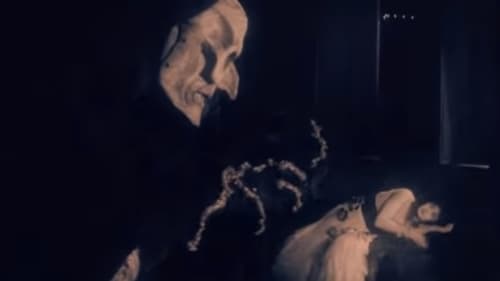
Music
The Black Death is ravaging Spain. As Camille Saint-Saëns's "Danse Macabre" plays on the soundtrack, a mix of animation and acted scenes tells the story of Youth and Love meeting one night. They dance, embrace, and kiss. As the night wears on, exuberant Death, a skeletal figure with a violin, pursues the couple. They try to elude him. Eventually, Love swoons. Youth is powerless to protect her. Is she doomed?

Self
With family connections to some famous French artists, writers, and musicians of the time, Sacha Guitry decided to film the individuals in action, to celebrate the greatness of his culture ,threatened by Germany in the ongoing Great War.

Music
The film portrays the events on the day King Henri III of France arranged for Duke Henri de Guise to be murdered.

Compositor

Music
This project is a result of a cinematographic exercise. The team hadn't a scripts, but an intetion of argument. The idea was go to the set and improvise with the available items.














